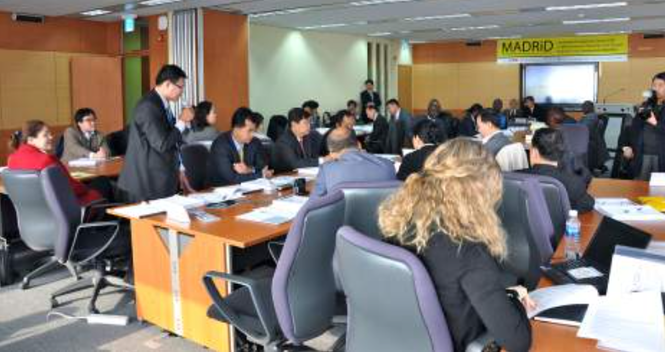
In recent years, we have witnessed an increasing amount of global attention being paid to mainstreaming disaster risk reduction into development. However, ambiguity still remains around different methods for successfully mainstreaming in practice. Last month, the United Nations Strategy for Disaster Reduction, with support from the IFRC, UNDP and the Asian Disaster Preparedness Centre, sought to shed light on practical ways to improve mainstreaming by convening a leadership development forum on mainstreaming adaptation and disaster reduction into development. The forum brought together government representatives involved in development planning from Cambodia, Laos, Mongolia, Gambia, Korea, and Armenia. These included officials from range of sectors including ministries of planning, climate change, meteorology, finance, public works and transport as well as national disaster management authorities. One of the key topics of the forum was legislative frameworks, and how they can be developed to enhance DRR.
During the discussions, participants shared their own national experiences and initiatives for improving the country’s legal framework to support DRR development. Armen Chilingaryan, Project Coordinator on Disaster Risk Reduction in Armenia, described how his country’s laws for disaster management were reviewed following an earthquake in 1988 in Spitak, where 21 rural and 342 urban settlements were destroyed, more then 25,000 people were killed, and 514,000 people were left homeless. At the time of the 1988 earthquake, the relevant laws in Armenia focused exclusively on relief and recovery and there were almost no regulations addressing disaster risk reduction. After experiencing the devastating effects of the earthquake, the Government worked with a number of partners, including the Armenian Red Cross, to review and improve the legal framework for disaster risk reduction. The revision of the legal framework was an essential part of the overhaul of the disaster risk management system in Armenia, which, as Chilingaryan explained, led to “the conceptual transition from a response focus towards a risk reduction oriented approach.”
Discussions also focused on the role of legislation in enhancing the capacity of local and community based actors. Representatives of Laos spoke of innovations that their government is undertaking to empower and consult with communities on DRR. Representatives from the Gambia described how their legislation, like the Philippines’, requires local governments to dedicate 5% of their revenue to Disaster Risk Management (DRM). In localities where this has been effectively enacted, this has led to a range of benefits for the communities.
Of course having the legislation in place is only the first step. Enforcement will always be a major challenge. According to Glenn Dolcemascolo, Head of UNISDR’s Northeast Asia Office, targets can play an important role in enhancing political commitment for implementation. “In Viet Nam, local government bodies are mandated to prevent any families from falling below the poverty line as a result of disaster. In China, the government has capped the maximum percentage of GDP lost to disaster at 2% -- after years of suffering annual losses of about 5%.” By introducing targets such as these within the legal and policy framework, governments can create an environment and national mindset to mainstream DRR more effectively in the long-term.